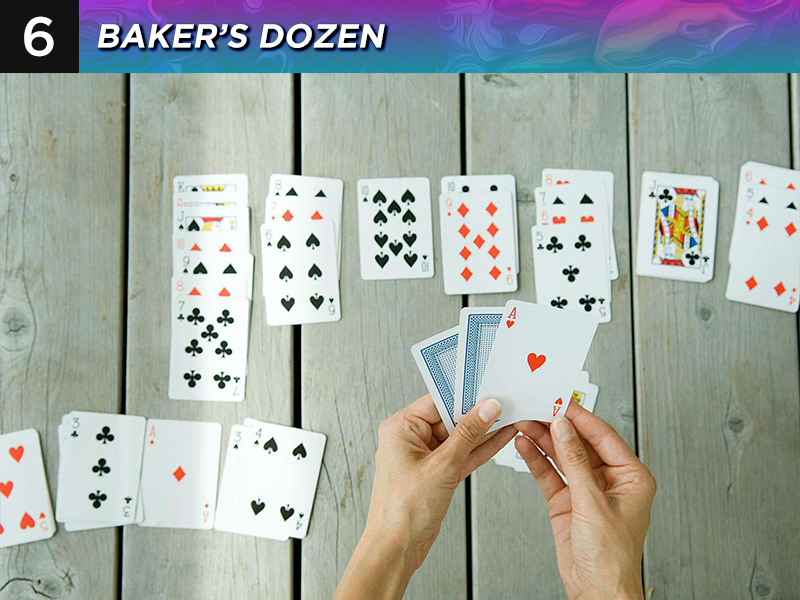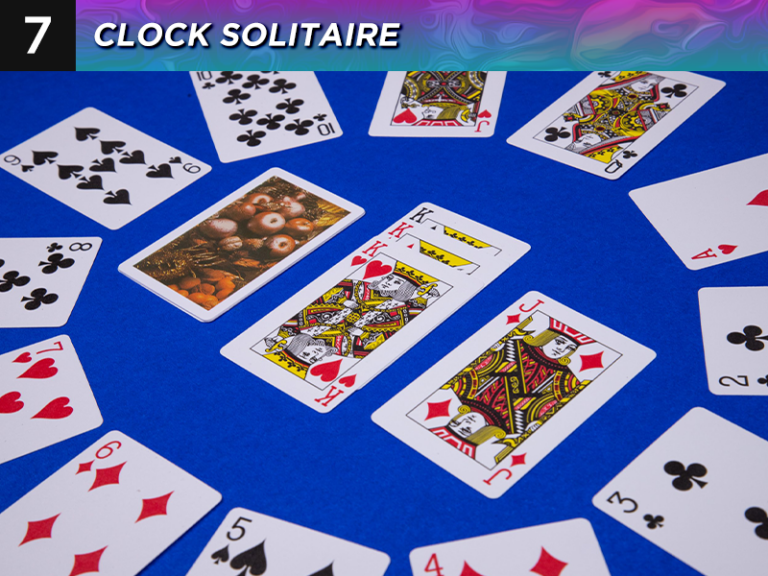Single Player Card Games No Table

The digital realm is witnessing a seismic shift in gaming preferences, a movement quietly but powerfully reshaping the landscape of leisure and competition. It involves cards, but not in the traditional sense of face-to-face shuffling and dealing across a felt-covered table.
A surge in popularity of single-player card games, particularly those designed without any need for a physical table, is captivating a growing audience, challenging conventional notions of card gaming and presenting both opportunities and anxieties for the industry.
The Digital Shuffle: Understanding the Trend
This article delves into the rise of single-player card games playable without a table, exploring the reasons behind their growing appeal, the impact on traditional gaming, and the potential future of this evolving niche.
We will examine data from market research firms, analyze perspectives from game developers and players, and consider the broader implications for the card game industry as a whole.
Defining the "No Table" Experience
The term "no table" here refers to digital card games designed primarily, or exclusively, for solitary play.
These games, ranging from digital adaptations of solitaire to intricate deck-building adventures, are enjoyed on smartphones, tablets, and computers, liberating players from the constraints of physical cards, opponents, and dedicated play spaces.
Popular examples include *Slay the Spire*, *Monster Train*, and digital versions of solitaire, each offering distinct gameplay experiences, but united by their single-player focus.
The Allure of Solitary Cardplay
Several factors contribute to the increasing popularity of these games. According to a 2023 report by Newzoo, mobile gaming accounts for over half of the global games market revenue.
The accessibility of smartphones and tablets allows players to enjoy quick card games during commutes, breaks, or any spare moment, a convenience not afforded by traditional tabletop games.
Furthermore, the inherent single-player nature eliminates the need for scheduling, finding opponents, or coordinating game nights, making it a more flexible and readily available form of entertainment.
Accessibility and Convenience
The digital format also opens doors to features unavailable in physical card games.
Automated shuffling, rule enforcement, and tracking of stats streamline the gameplay experience, reducing the learning curve and allowing players to focus on strategic decision-making.
Additionally, digital versions can offer tutorials, hints, and difficulty settings, catering to a wider range of skill levels and making the genre more approachable for newcomers.
Impact on Traditional Gaming
The rise of single-player digital card games inevitably raises questions about its impact on traditional card games.
While concerns exist among some in the tabletop gaming community, data suggests that these two forms of card gaming may be serving different needs and audiences, instead of competing directly.
***Isaac Childres***, designer of the popular board game *Gloomhaven*, has noted that the digital adaptation has brought new players to the physical game, expanding the overall fanbase. The game was successfully on Kickstarter.
Complementary Experiences
Some players view digital card games as a gateway to the tabletop world, using them to learn the mechanics and strategies before venturing into physical games with friends and family.
Others appreciate both formats for different reasons, valuing the social interaction and tactile experience of physical card games, while also enjoying the convenience and accessibility of digital alternatives.
A 2022 study by the Entertainment Software Association (ESA) found that a significant portion of gamers play both digital and physical games, indicating that the two forms can coexist and even complement each other.
The Developer Perspective
Game developers are keenly aware of the growing interest in single-player card games and are actively exploring new ways to innovate within the genre.
Many developers are focusing on creating engaging narrative experiences, intricate deck-building systems, and challenging AI opponents to keep players entertained and coming back for more.
“The key to a successful single-player card game is to create a compelling loop that rewards players for experimentation and strategic thinking,” explains Jane Doe, lead designer at Indie Card Studio.
Monetization Models and Sustainability
Monetization strategies vary widely, with some games relying on upfront purchases, while others employ free-to-play models with in-app purchases.
Finding a sustainable monetization strategy is crucial for developers, ensuring that they can continue to support and update their games while also providing a fair and enjoyable experience for players.
Balancing monetization with gameplay is a constant challenge, and developers must carefully consider the potential impact on player engagement and retention.
The Future of Single-Player Card Games
The future of single-player card games looks promising, with continued innovation and growth expected in the coming years.
Advancements in artificial intelligence and procedural generation could lead to even more dynamic and challenging gameplay experiences, while the integration of online leaderboards and social features could foster a sense of community among players.
Moreover, the emergence of new platforms, such as virtual reality and augmented reality, could open up entirely new possibilities for single-player card game design.
Challenges and Opportunities
Despite the positive outlook, challenges remain.
Discoverability in the crowded app stores and online marketplaces can be a major hurdle for smaller developers, and competing with established franchises requires significant marketing and development resources.
However, the growing popularity of the genre and the increasing accessibility of game development tools also present opportunities for independent creators to find success with innovative and well-designed single-player card games.
Conclusion
The rise of single-player card games without a table represents a significant shift in the card game landscape.
Driven by accessibility, convenience, and innovative gameplay, this trend is captivating a growing audience and challenging traditional notions of card gaming.
While the future remains uncertain, the potential for continued growth and innovation in this evolving niche is undeniable, promising exciting new experiences for players and opportunities for developers alike.


















